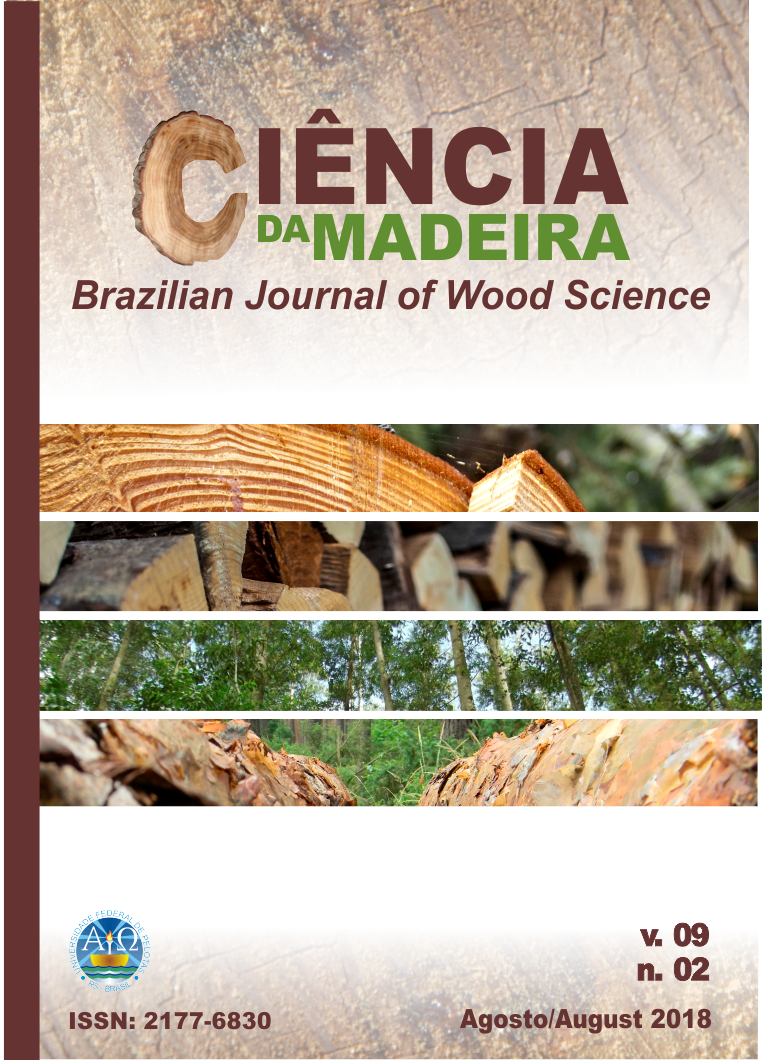Production and decomposition of litter in different mahogany (Swietenia macrophylla King) cropping systems
Resumo
The objective of this work was to evaluate the litter production and decomposition in three mahogany (Swietenia macrophylla King) systems in the northeastern Pará region. The treatments were: T1 - mahogany consortium with forest species; T2 - homogeneous plantation of mahogany; and T3 - secondary forest enriched with mahogany. Collectors of 1 m2 opening were used to collect the litter produced monthly for a year. Evaluations were performed monthly for one year. The decomposed litter was estimated by means of the relation between the litter produced and the litter accumulated in the soil. The litter deposition dynamics did not present a significant correlation with variations in rainfall and average temperature. The homogeneous mahogany plantation produced more litter (5.6 Mg ha-1 year-1) with the leaf fraction being the most representative. The decomposition and renewal of litter did not differ between the three mahogany environments. The pure Brazilian mahogany plantation produced a larger amount of litter compared to the other planting systems, with the leaf fraction presenting the highest percentage contribution.
Downloads
Copyright (c) 2018 Revista Ciência da Madeira (Brazilian Journal of Wood Science)

This work is licensed under a Creative Commons Attribution-NonCommercial-NoDerivatives 4.0 International License.
A CIÊNCIA DA MADEIRA resguarda o direito de modificar o trabalho em quaisquer hipóteses na ordem gramatical e ortográfica com o objetivo de manter a utilização correta da língua portuguesa ou ingles.
A CIÊNCIA DA MADEIRA passa a possuir o direito sobre todos os trabalhos enviados quanto a reprodução e publicação online.



 https://orcid.org/0009-0007-3945-9715
https://orcid.org/0009-0007-3945-9715